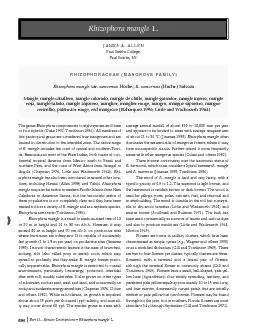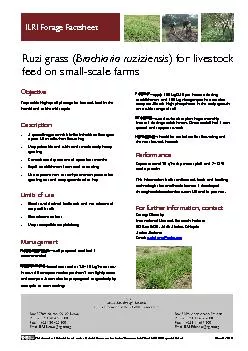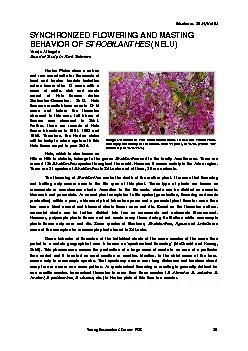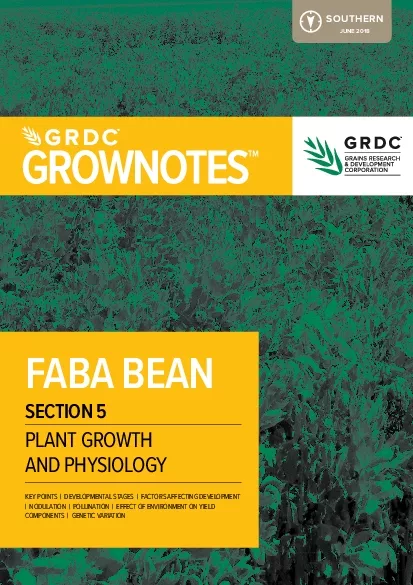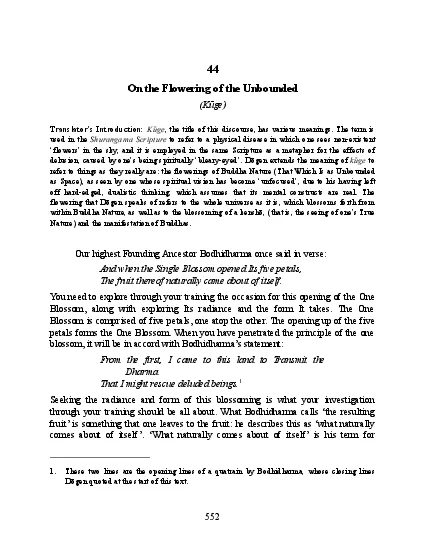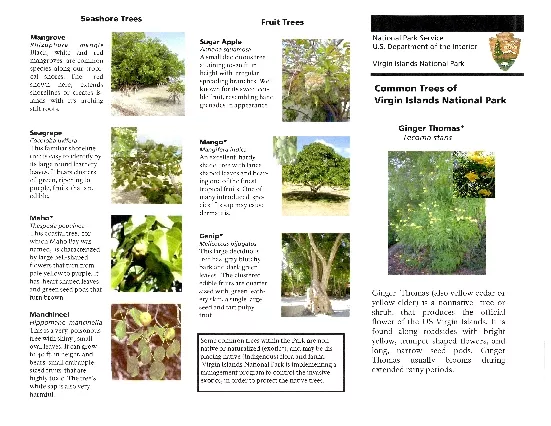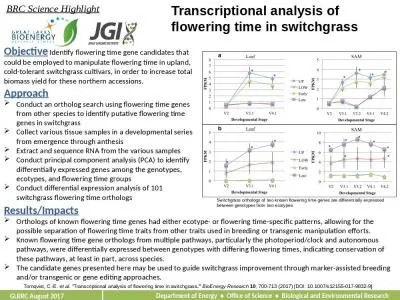PDF-Rhizophora manglemay begin flowering by 6 years of age, andpossibly as
Author : debby-jeon | Published Date : 2017-02-07
691Part II151Species Descriptions 149 Rhizophora mangle Lclosed plastic bags in tap water and in 2 and 4percent seawater Rhizophora manglepropagules kept floating
Presentation Embed Code
Download Presentation
Download Presentation The PPT/PDF document "Rhizophora manglemay begin flowering by ..." is the property of its rightful owner. Permission is granted to download and print the materials on this website for personal, non-commercial use only, and to display it on your personal computer provided you do not modify the materials and that you retain all copyright notices contained in the materials. By downloading content from our website, you accept the terms of this agreement.
Rhizophora manglemay begin flowering by 6 years of age, andpossibly as: Transcript
Download Rules Of Document
"Rhizophora manglemay begin flowering by 6 years of age, andpossibly as"The content belongs to its owner. You may download and print it for personal use, without modification, and keep all copyright notices. By downloading, you agree to these terms.
Related Documents

